Winter is a time where we spend more time indoors and seek warmth and comfort from our home. Diffusing essential oils assists in creating a dynamic and cheery ambience , makes our space feel cosy and comfortable and keeps it smelling fresh.

The scents of Winter
The Winter period lacks the vibrancy and variety of aromas compared to Spring or Summer. Scents are muted and less abundant, particularly in nature. Scent molecules move more slowly as the temperature decreases and smells both in our environment and inside our homes have less intensity due to fewer mobile aromatic molecules in the air.
So why do certain smells signal to us that it's Winter? When we smell things in our environment we integrate what we are also seeing, hearing and feeling on both a physical and emotional level. How these things are interpreted in their context contributes to what we experience as our scent memories or experiences of Winter.
Our sense of smell can also be affected during Winter by the drying effects of heating, colds and flu and a decrease in sensitivity of the olfactory receptors in our nose to protect us from cold, dry air.

To increase our sensory stimulation in a relatively barren olfactory season, we often turn to cooking and baking with the rich palette of aromatic herbs and spices for our smell fix, as part of our indoor life. Scenting the home with the diverse botanical scents of essential oils can be useful to provide another avenue of sensory stimulation during this period.
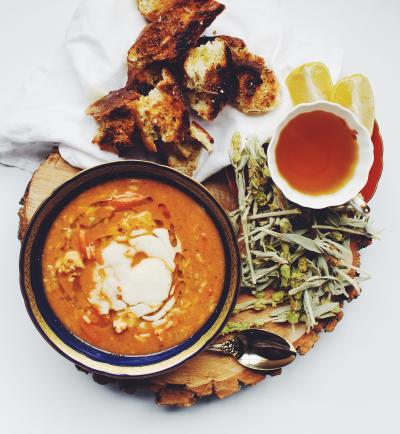
Isolating and removing unwanted smells in the home
During Winter, the rain and cold coupled with less ventilation, can lead to a less than fresh smelling home. Pets, tobacco, cooking, mould and mildew can contribute to lingering bad smells. We also spend more time inside which makes our place feel stuffy.
Another consideration is the odour intensity of the items and furnishings in your home, the "base notes" of your space. We become accustomed to the scent of our own home due to olfactory adaptation. This means we can't always distinguish particular smells after constantly being exposed to them over a prolonged period.
To combat this, take a good sniff of your space after you've been out for most of the day and reassess its various scents.
Before diffusing any type of essential oils in your home, firstly determine where any unwanted odours are coming from and remedy the situation. Don't try to mask any unpleasant smells because this only makes the problem worse.
The simplest thing you can do to improve the scent of your home is to open at least one window each day to let the fresh air in, particularly if you've been out all day or when it's a sunny day or after rain, especially in older places.
Once any undesirable smells have been removed, you can then focus on diffusing the essential oil scents you want to enjoy. I have included a link at the bottom of this post to an article that has details on eliminating odours from the home.

Essential oils for Winter
During the colder months, scent is a simple, inexpensive and enjoyable way to add a mood or ambience of warmth, comfort and vivacity to home life. Your home becomes a place of retreat and recuperation in Winter, so it's important that it feels comfortable, secure and harmonious - a tonic for the elements and also the stress of a modern lifestyle.
Using essential oils in a vaporiser or the newer ultrasonic diffusers helps to moisten the air, which offsets the drying effects of heating and as a result, our sensing and experience of these aromas is heightened.
Diffusing essential oils can also be a way of practising "Hygge". "Hygge", pronounced "hue-gah", is a Danish lifestyle concept which involves creating a cosy atmosphere and enjoying the simple pleasures of life. In the home, this reflects the comfort and happy feelings a person can derive from its little pleasures and creature comforts. The ability of scents to tap into our emotions and memories and to transform the mood of a space makes it an important aspect of "Hygge".


We tend to favour richer, deeper and more diffusive essential oil scents in Winter, that mirror the feeling of the season. However, associations between scents and the memories and emotions they conjure up are subjective and highly personal - so everybody's idea of comfort and cosiness will of course be different depending on their life experience.
You may want to write down your feelings, impressions or scent associations and memories you have of Winter in a journal and then choose the essential oils that best reflect your thoughts.
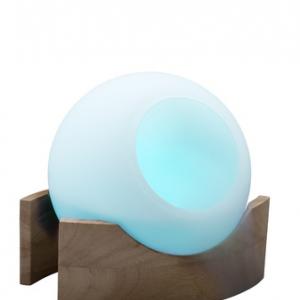
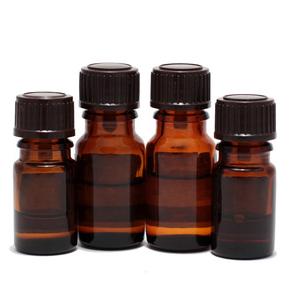
Essential oil suggestions
Essential oil suggestions are based on aromatic groupings and I've also included an example for each group and its corresponding aromatic blending note.
Aromatic blending tip:
If you'd like to experiment with combining different essential oils, apply the 30/50/20 rule when you're beginning to make your own essential oil composition. This means use 30% of your top note oil, 50% of your middle note oil and 20% of your base note oil in a blend. e.g sweet orange 3 drops, lavender 5 drops, frankincense 2 drops.
This is not absolutely necessary but by including oils from each group this means your blend is more harmonious, unified and has better longevity.
As the essential oils evaporate at their different rates, the top notes are the first you notice, followed by middle and then base notes. Let your blend rest for 24 to 48 hours before use to mellow and allow the mixture to settle in - top notes lose any excessive sharpness and base notes become more prominent in your blend.
Spice
Spice essential oils really come into their own in the Winter months, adding a feeling of aromatic colour and energy to a space.
These oils impart warmth, dryness, movement, texture and layers to a blend. These scents are enveloping and nurturing. Think of them like the sensation of being enveloped in the warmth and snugness of a fluffy blanket on a cold Winter's night. They are evocative of hearty comfort food, harmonising with our need for tenderness, pampering and self reflection during this time.
Take care with those that are base notes and have a greater odour intensity or strength like cinnamon. Too much (which sometimes is only a couple of drops) can overpower and ruin an essential oil blend. Use these oils in either very low quantity or include them in a blend in tiny amounts. Spice essential oils such as black pepper have a lower odour intensity and can be used in greater amounts.
Essential oil: black pepper (middle) cinnamon leaf (base)
Balsam
A balsamic aroma is a vanilla-like scent that has sweet, warm and smooth characteristics. They often act as base notes and add a soothing opulence and depth to a blend, imparting feelings of warmth and comfort.
Essential oil: vanilla oleoresin (base)
Resin
Resins are complex aromatics which commonly function as base notes in a blend. They add incense notes or smoky aspects, supporting and enhancing the snug and cocooning ambience of spice or balsamic essential oils.
Essential oil: frankincense (base)
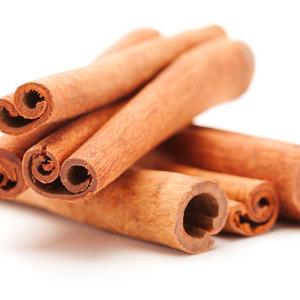
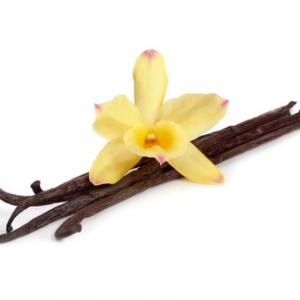
Citrus
Citrus oils are cheerful and uplifting, refreshing the air and infusing a blend with lightness and gentle warmth. They pair well with spice, balsamic and resinous essential oils, giving these heavier oils lift and sparkle.
Citrus oils can be useful in Winter when we feel heavier, slower and need a burst of liquid sunshine during grey Winter days.
Essential oil: sweet orange (top)
Conifer
These essential oil scents are fresh, penetrating, invigorating, cleansing and astringent. They evoke a Winter forest setting and the crispness of Winter air. On a symbolic level, these scents are a reminder of our ancient need for shelter and security, which was once provided by these forest trees.
Essential oil: cypress (middle)
Cineolic
These diffusive scents are cleansing, decongestant and slightly warming, enlivening and energising a space during gloomy Winter days.
Essential oil: eucalyptus (top)
Diffusing tip: Conifer or cineolic rich oils (containing a high percentage of the eucalyptus-like aromatic compound cineole) that have a strong scent can be irritating for young children or asthmatics. Substitute these oils with cedarwood virginia for a fresh and woodsy alternative.
Herb
Herbal oils are applied for their warmth and gentle spicy nuances in a composition. They also reflect the nourishing casseroles, soups and pies we crave during Winter, fragrant with herbs and spices. Herbs are also useful to give a touch of freshness and a clean aesthetic, especially lavender in blends with heavier oils. They have refreshing, soothing and relaxing qualities.
Essential oil: lavender (top to middle) sweet marjoram (middle)
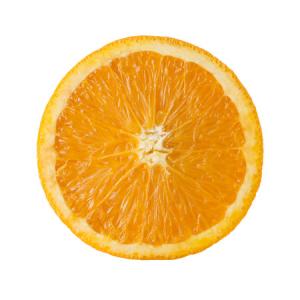
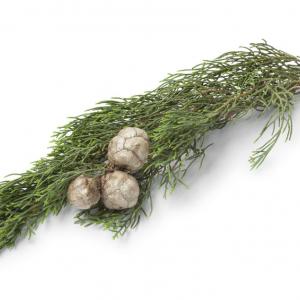
Wood
They serve as base notes in blending, bestowing strength, mellowness and sweetness. Their effects on the mood of a space are soothing and relaxing.
Essential oil: cedarwood atlas (base)
Floral
Pick essential oils that have either fruity, spicy or tropical nuances as middle notes in a blend. They are warming, moistening and mood uplifting with the added promise of Spring that's just around the corner. Spice oils particularly complement rose, deepening and intensifying its aroma.
Essential oil: rose (middle)
Earth
Give an impression of density, texture and security. These anchoring base notes also have smoky aspects to them which suggest the perception of a smaller, more intimate space.
Essential oil: vetiver (base)
Safety information
Eucalyptus: diffuse with caution around infants and young children. Care with asthmatics.
Cinnamon: diffuse with caution around young children.
Scenting the home with essential oils during Winter not only mirrors the moods the season inspires but can support us during the chilly months, by uplifting and enlivening our environment, adding vibrancy and character and of course keeping the home smelling clean and fresh.
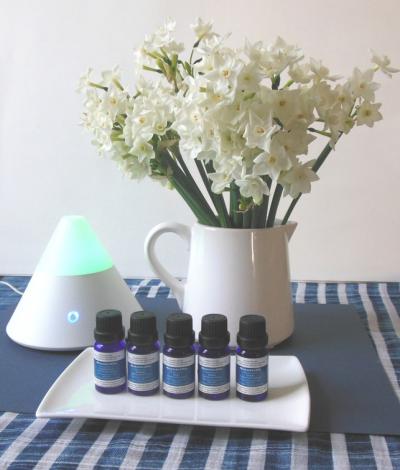
Did you like this post?
If you did, join us on the Scentcillo Facebook Page. If you know anybody else that would enjoy this post, be sure to share it with them.
Further reading:
Information on odour elimination in the home can be found in this article from the Huff Post Home.





